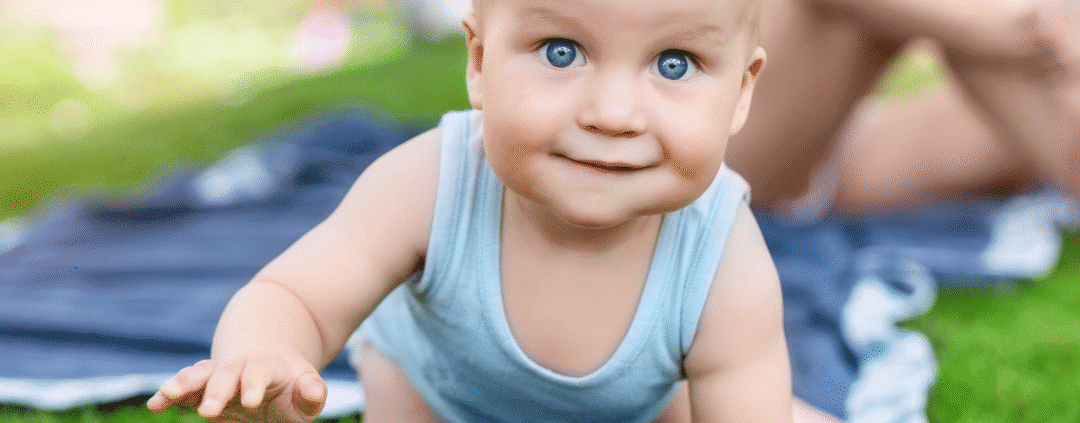The Importance of Crawling
There are several types prone positioning referred to as crawling. Army crawling may occur earlier, before baby has the strength to push up and off the ground. Bear crawling moves with the feet rather than the knees. Typically, crawling occurs after six months and within the first year of life.
In 2021, the CDC made several adjustments to their official milestone checklist. This resource relies on age data for key leaps in development. The guidance suggests when parents and providers might explore early intervention. Without clear data pointing to a majority (75%) age range for crawling, and with the information that some children skip over crawling entirely before learning to walk, the CDC decided to remove the milestone.
Crawling, in fact, is critical as a stepping stone in navigation, strengthening muscle tone and coordination that impacts walking, running, skipping and other gross motor activities. The prone positioning of crawling encourages core strength which supports postural control. The movement is bilateral, requiring an interplay between right and left sides of the body, and calls upon early reflex movements like ATNR. This reflex supports laterality with crossing midline movements, and reinforces the connection to the right and left sides of bodies and brain.
Early exploration with crawling also encourages a child’s understanding of their body’s position in space, as the vestibular system is stimulated and further developed. As a child crawls, they gain a stronger understanding of visual motion, speed and direction. The ATNR reflex supports visual processing and the binocular development of our eyes, and crawling reinforces this important period where visual tracking and eye movement strengthen as well.
For parents and caregivers, taking the time to encourage crawling sets the tone for developmental leaps later in childhood. Even if a child bypasses this milestone to walking, floorwork and cross-lateral exercises provide a meaningful impact on brain development and muscle strength.


